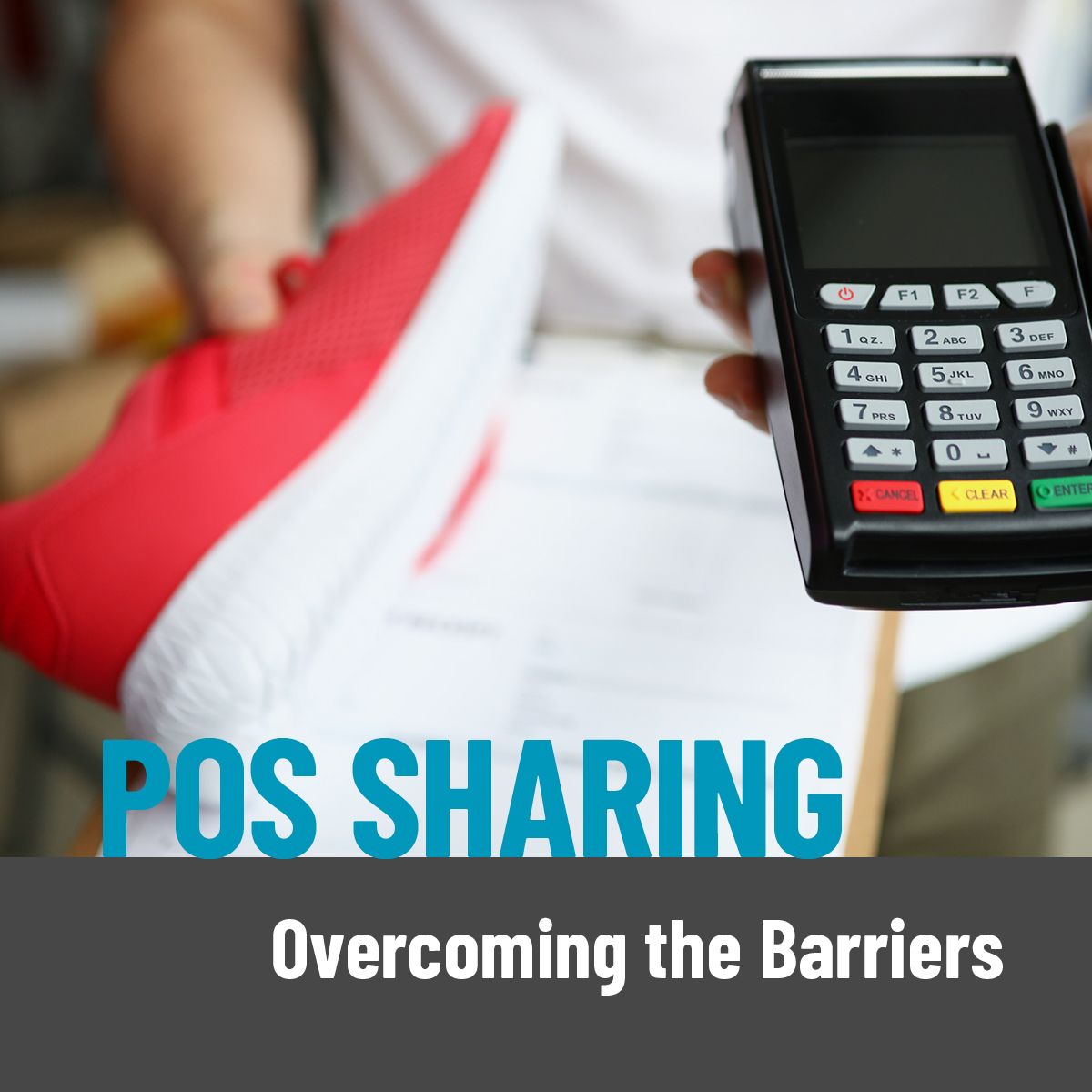RIA Executive Director Update


When used to its full extent, POS sharing can facilitate product assortment decisions and support decision making from product developers. Ultimately, by leveraging POS sales data, retailers and brands can create a more responsive, and consumer-centric flow of inventory, also known technically as having the right stuff at the right time. This ultimately drives growth and profitability for the run specialty channel. So why do some of our member retailers hesitate to share POS, or in some cases, have stopped sharing it?
On the surface, it seems like a bad idea not to share POS but there are some valid reasons why some of our member retailers have concerns. So, what I want to do this month is take a look at five of the key issues and offer potential solutions. My goal is to help remove the obstacles to ensure that this vital function continues to support the growth of run specialty.
Problem 1: Concerns Over Data Security
POS data can contain valuable information about sales volumes, purchasing behavior, and in some cases, customer demographics. Retailers may fear that sharing this data could create business insights that brands use to fuel their direct-to-consumer (DTC) efforts. The good news here is that there are some solutions: offering data encryption, creating strict access rules, clear data usage agreements, and even taking customer data out of the equation entirely. For example, Upper Quadrant’s Data Creed represents a robust effort to alleviate these concerns and build trust between retailers and their brand and associate partners. (Disclosure: RIA and Upper Quadrant partner to provide our members with the Weekly Benchmarks report.)
Problem 2: Competitive Advantage and Differentiation
Again, DTC selling is at the foundation of this fear. Retailers may view POS data as a competitive advantage that highlights their unique customer profiles, and thus, their differentiation in the market. With insights from sales data, retailers can tailor their product assortments, pricing strategies, and marketing campaigns to better meet the needs of their local customers. Sharing this data with brands could potentially erode this competitive edge. As we’ve seen from the prior example, clear communication about how shared data will be used to benefit both parties can mitigate these concerns and foster a more collaborative partnership.
Problem 3: Control Over Inventory Management
Retailers for the most part are used to maintaining full control over their inventory management processes, including ordering and replenishment decisions. Sharing POS data with brands could introduce complexities in inventory planning and management, as multiple brands may wish to influence stock levels and product assortments. Brands, therefore, should work to establish clear guidelines and protocols for data sharing, including robust forecasting and establishing stock levels on key products. Establishing these guidelines with brands will help retailers maintain control while benefiting from improved inventory flow.
Problem 4: Integration and Compatibility
As we’ve seen from the RIA’s aforementioned partnership with Upper Quadrant, the integration of POS systems and data-sharing platforms between retailers and brands can present some challenges even when retailers want to share their data. Differences in data formats and system compatibility issues can create barriers to effective data sharing. Investing in robust IT solutions can help cut through the compatibility issues.
In addition, implementing standardized data formats ensures that data is uncorrupted across platforms. I fully acknowledge that the following comment is a plug for the RIA’s Product Data Collaborative (PDC), but when it comes to standardized data, the PDC is the solution. The PDC platform is the industry’s only product data solution that is accessible to all, and provides seamless data exchange between retailers, brands, and associates. The more members who use it, the better it will support our channel. So try it out!
Problem 5: Relationship and Trust
Finally, the reluctance to share POS data may stem from concerns about the dynamics of the retailer-brand relationship. Some retailers worry about becoming overly dependent on brands for inventory management decisions, or wonder who is actually making money off of the deal. Building trust through transparent communication and establishing shared goals can foster a collaborative partnership where both parties work together to optimize inventory flow and drive mutual growth.
Now that the issues are on the table, I encourage brands and their retail partners to sit down and have meaningful conversations on the pain points. Yes, there are valid concerns associated with sharing POS data between retailers and brands, but the potential benefits far outweigh the potential risks. Addressing these concerns is crucial to establishing a successful data-sharing partnership. Keep in mind what the goal is: leveraging POS-driven sales insights, so retailers and brands can enhance inventory flow, improve operational efficiencies, and deliver enhanced value to customers, ultimately driving growth and profitability for all parties.
Terry Schalow
Executive Director, Running Industry Association
Some content and resources may not be visible because you're not logged in. If you are a current member, use the login form below. Not yet a member? Join today!
More from the RIA
-
2026 Summit Retailer Registration is Open!
-
TRE Activations
-
A letter from the Executive Director - Never Static and Always Moving Forward.
-
November is National Run Safety Month - Learn How to Merchandise your Store
-
PDC Update: Version 2.0 Brings Major Improvements
-
President's Letter - Board Nominations
-
Slingin’ Shoes Podcast
-
A Letter from your RIA President
-
RIA Huddle Announcement - October 2025
-
A Letter from the Executive Director